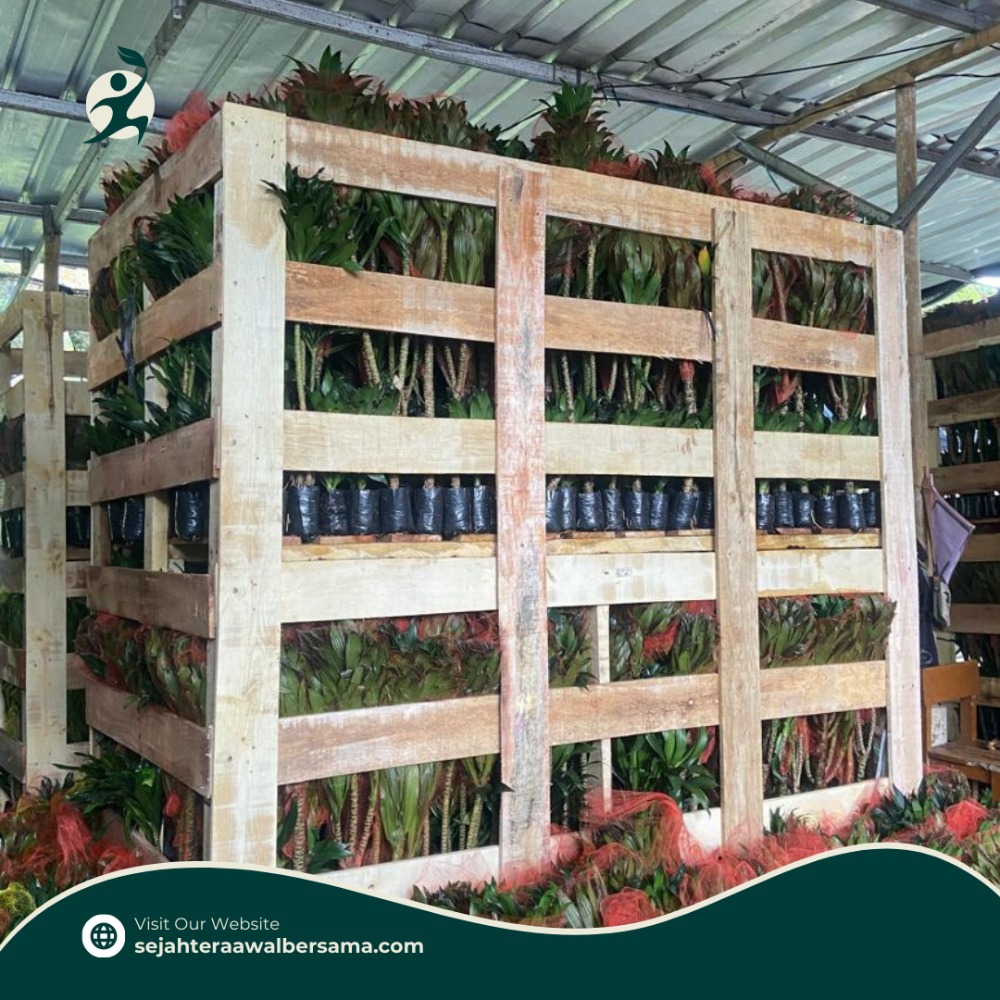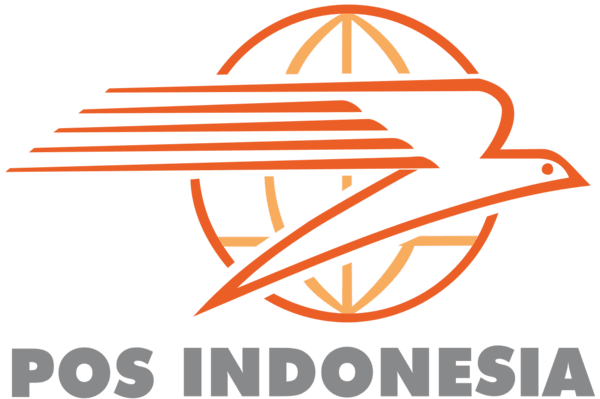
Indonesia has long been known for its rich biodiversity, with many of its native plants holding significant cultural, medicinal, and commercial value. One such plant is the hanjuang (Cordyline fruticosa), a versatile and resilient species that is now gaining attention on the international stage, particularly in South Korea. With a variety of uses, ranging from traditional medicine to ornamental purposes, the hanjuang plant has the potential to carve a niche for itself in foreign markets.
Why the Hanjuang Plant?
The hanjuang plant is known for its hardiness, adaptability, and a variety of uses that make it highly valuable. Traditionally, the plant has been utilized for medicinal purposes, believed to help alleviate fever, digestive issues, and other minor ailments. Its wide, colorful leaves are also popular in landscaping, adding an exotic touch to gardens and indoor spaces. For the South Korean market, where traditional medicine, wellness, and nature-inspired aesthetics are deeply appreciated, hanjuang is a natural fit. The rising trend of eco-friendly and nature-centered lifestyles in Korea provides an excellent opportunity for this plant to gain wider acceptance.
Expanding to South Korea: A Promising Market
South Korea is an ideal market for hanjuang due to the increasing demand for medicinal plants and the cultural affinity towards natural products. South Koreans highly value herbs and plants used in traditional remedies, and the hanjuangplant’s medicinal properties align with this growing trend. Additionally, the plant’s aesthetic appeal is highly suitable for Korea’s flourishing interior design and gardening industries. As the urban population looks for more ways to incorporate nature into their living spaces, the hanjuang plant, with its bold colors and easy-to-maintain characteristics, offers an attractive option for both indoor and outdoor decoration.
Export Potential and Market Growth
The export potential for hanjuang is immense, particularly as Indonesia strengthens its trade relations with countries like South Korea. With proper promotion and strategic marketing, hanjuang could become a sought-after plant in Korean households, gardens, and even wellness centers. The focus should be on highlighting its unique properties—both medicinal and decorative—and positioning it as a versatile plant that resonates with Korean culture. Furthermore, with the global focus on sustainability, hanjuang fits well into the eco-conscious mindset, offering a green, sustainable option for consumers looking for more than just a decorative plant.
Challenges and Future Directions
However, the road to expanding the hanjuang plant in international markets is not without its challenges. Ensuring proper cultivation practices to meet international standards, creating awareness about the plant’s uses, and building strong distribution channels are key steps to ensuring its success. Despite these challenges, the future looks promising for the hanjuang plant. As Indonesian producers continue to refine cultivation and export strategies, the potential for the hanjuang plant to thrive in international markets, particularly in Korea, is immense.
The hanjuang plant is more than just a traditional Indonesian plant—it is a symbol of biodiversity, resilience, and untapped potential. Its entry into the South Korean market represents an exciting new chapter for both Indonesian agriculture and the global plant trade. As the plant continues to gain recognition for its medicinal, decorative, and cultural value, it’s clear that hanjuang is set to become a staple in international markets, particularly in eco-conscious, nature-loving societies like South Korea.






